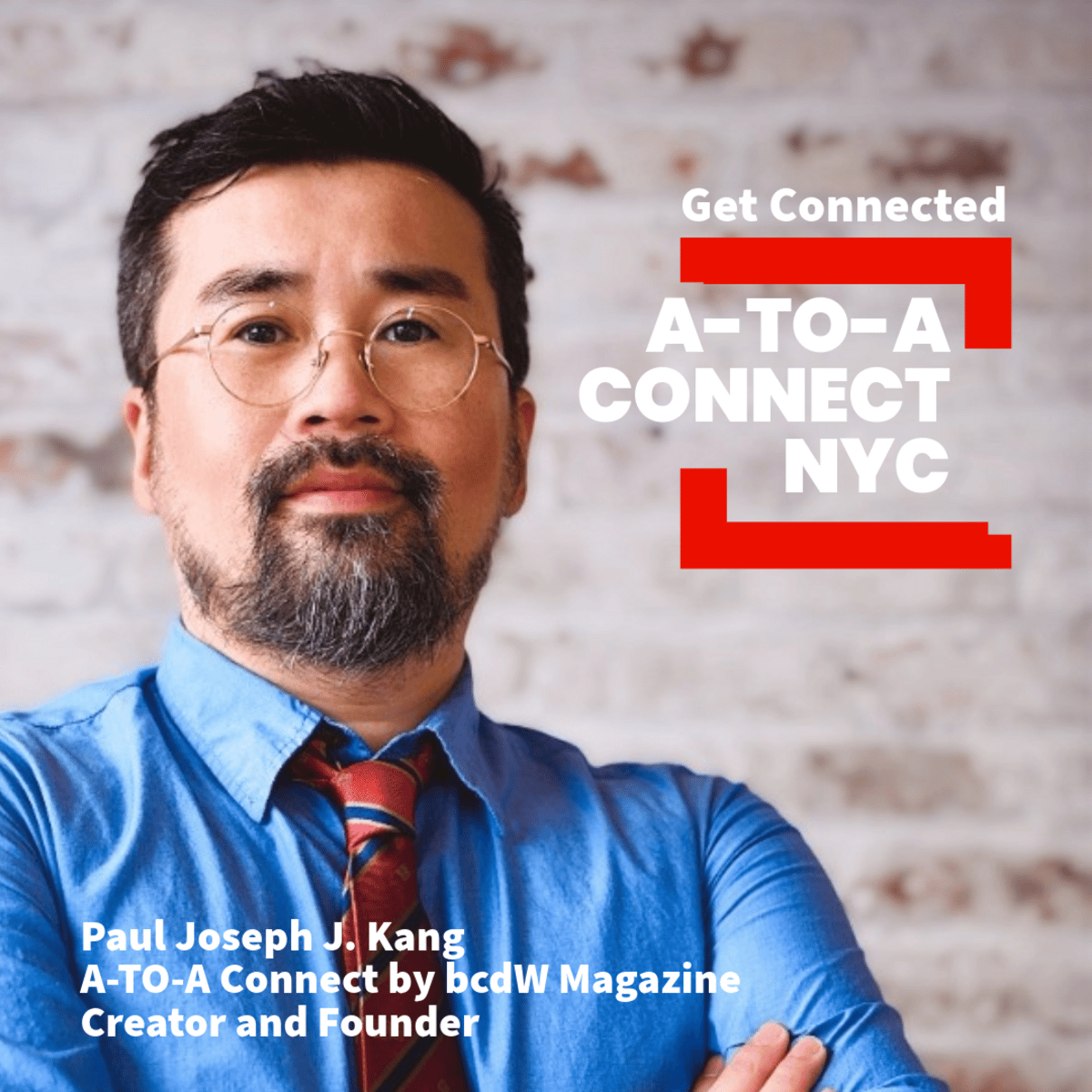In the summer of 2025, the animated film "KPop Demon Hunters" appeared on Netflix and took the world by storm. K-pop and demon hunting, sword-wielding girl groups, legendary tigers and six-eyed magpies, and even idols with a grim reaper concept called "Lion Boyz"—everything was intensely grounded in "K."
The world rejoiced. "Once again, the world is captivated by K!"
But looking a little deeper, this content reveals not just a cultural triumph, but a structural deficiency in the industry.
"KPop Demon Hunters" was certainly inspired by a specific culture, but it was produced by Sony Pictures, distributed by Netflix, and its IP ownership also lies in North America. The cultural source remained, but the industry and rights were transferred elsewhere.
This is not simple globalization. It's not cultural dissemination, but cultural extraction.
Culture spreads, but industry often doesn't stay behind. And culture that flows without structure ultimately gets consumed only within someone else's system.
At this point, the question changes. Not "whose culture is it?" but "who has the structure?" More important than "who created it?" is "who designed it?"
That question leads to a new concept. K Dash.
A strategy for designing what comes after K(-). A way of not staying confined to K identity, but creating flows that connect and intersect with the world based on that origin. It's time for identity-centered approaches to end and for operation-centered design to begin.
"KPop Demon Hunters" is not just content. It's a warning for the cultural industry.

"Cultural inspiration" can move the world, but if that emotion isn't connected to industrial structure, nothing remains except emotional satisfaction.
This isn't a problem unique to any specific country. Countless cultures repeat themselves in the same optical illusion. Culture spreads and gets consumed, but structures to make that culture sustainable aren't built.
K Dash asks the following: Are you creating structures, not just identity? Are you proud of cultural origins, or are you designing ecosystems? Are you moving consumers, or are you engaging creators? Are you exporting content, or are you forming common foundations?
Real influence occurs when a specific culture operates within a decentralized unplatform that is invisibly yet robustly connected. Now we must speak not with simple emotion, but with designed structure.
Similar cases can easily be found in sports and industry, not just culture. Japan is the birthplace of judo, but Olympic medals are often swept by other countries like France, Georgia, and Russia. The marketing authority and industrial leadership of the International Judo Federation has long been reorganized around Europe. The sentiment of being the country of origin can be a source of pride, but without industrial substance, it's nothing but an optical illusion.
Many cultures remain stuck in emotional satisfaction without connecting to industry. And that satisfaction creates a powerful comfort zone. Pride creates boundaries, and boundaries prevent creative fusion.
K Dash seeks to cross precisely that line. While respecting roots, we must extend branches to design structure and create decentralized unplatform flows that are invisibly yet robustly connected.
From this perspective, an event called AtoA Table New York is currently being prepared. Beyond simple cultural exchange, with the K Dash agenda at its center, we aim to create a new format of open table where people of diverse fields, races, and cultural backgrounds can eat, drink, play, and experience together.

This is not a one-time event, but an experimental proposal for the cultural industry to transition from identity-centered to operation-centered approaches, and will serve as a starting point where each participant's originality intersects to form a new ecosystem.
Culture can leave at any time. But structure remains. And invisible connections last longer.
Now is not the time to shout "K." It's the time to design "K Dash." Not the spread of culture, but the construction of distributed yet tightly connected structures. Not emotional pride, but strategic ecosystem design. That's the real way to preserve originality.
The column essentially argues for moving from cultural consumption to cultural construction through creative connections rather than staying in the comfort zone of cultural pride.
Here are the key "C" words related to this column:
Core Concepts:
Cultural extraction - the central critique of how culture spreads but industry/ownership doesn't
Comfort zone - the dangerous satisfaction that prevents growth
Creative fusion - what boundaries prevent from happening
Cultural ownership - the main theme about who really owns culture
Construction - building structures vs. just spreading culture
Connection - invisible but robust connections in decentralized systems
Captivated - how the world responds to K-branded content
Consumption - how culture gets consumed in others' systems
Collaboration - implied in the AtoA Table concept
Cross - crossing lines and boundaries (K Dash seeks to cross)
Industry/Strategic Terms:
Content - what gets created and distributed
Creators - who should be engaged, not just consumers
Consumers - who gets moved by cultural products
Common foundations - what should be formed instead of just exporting
Creative strategist - the author's role
Cultural industry architect - the author's title
Structural/Design Terms:
Concept - K Dash as a new concept
Centered - identity-centered vs. operation-centered approaches
Construct/Construction - building distributed structures
Connect/Connected - the invisible yet robust connections

